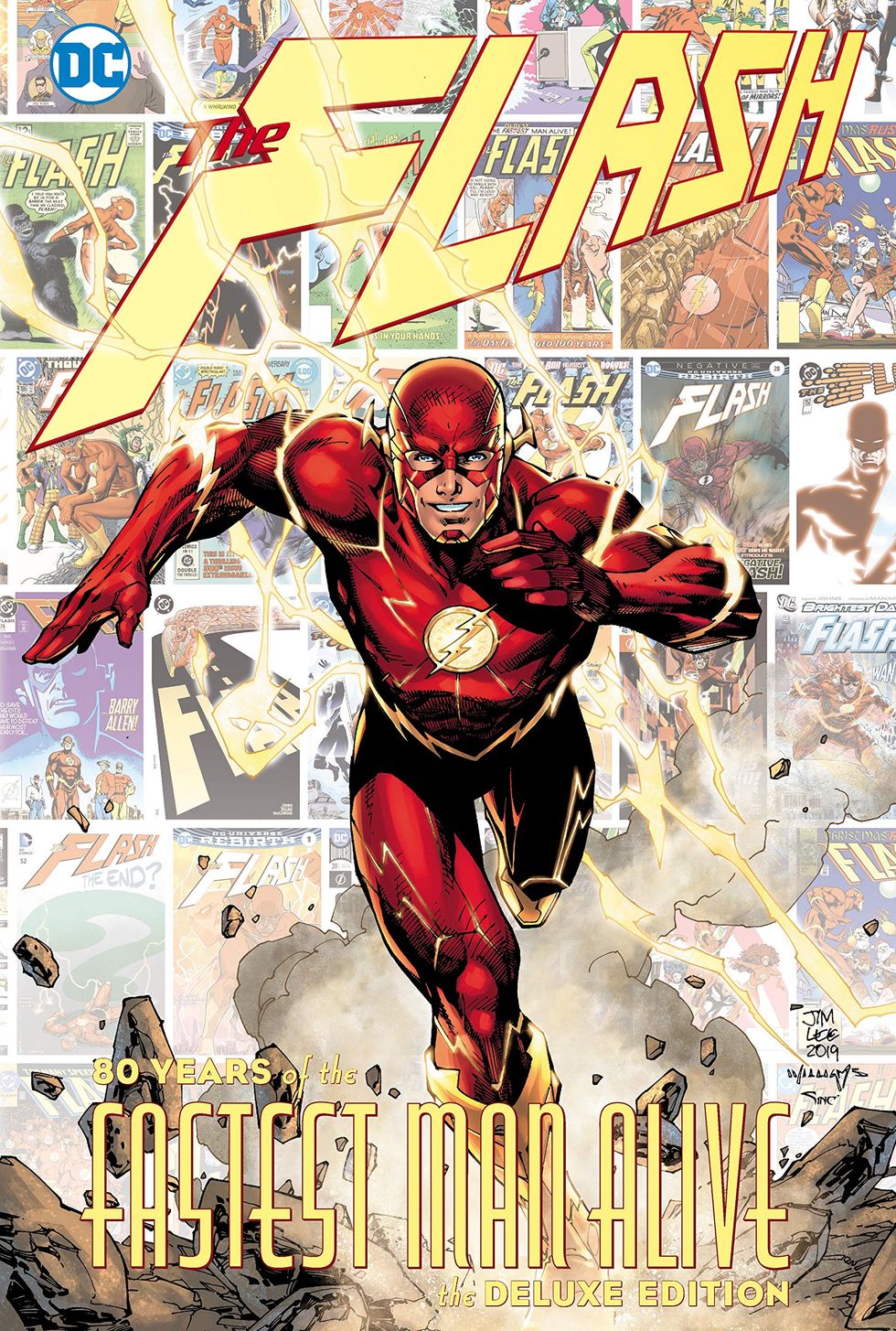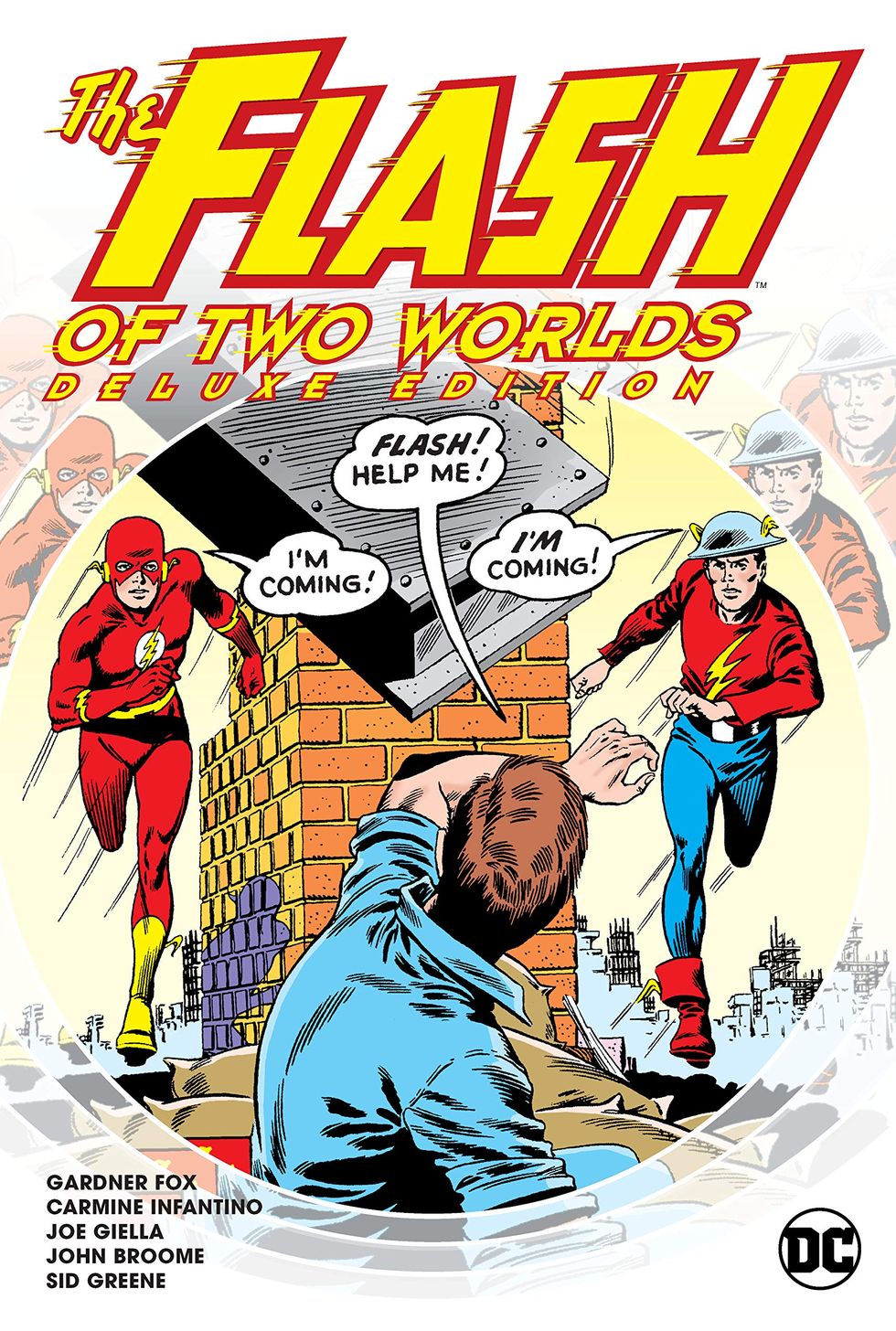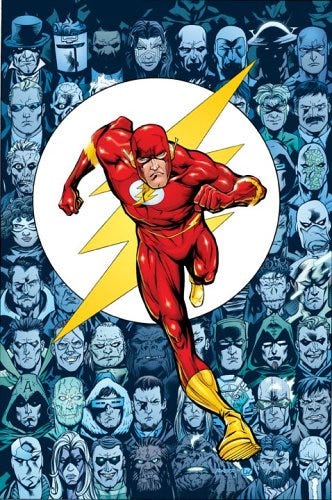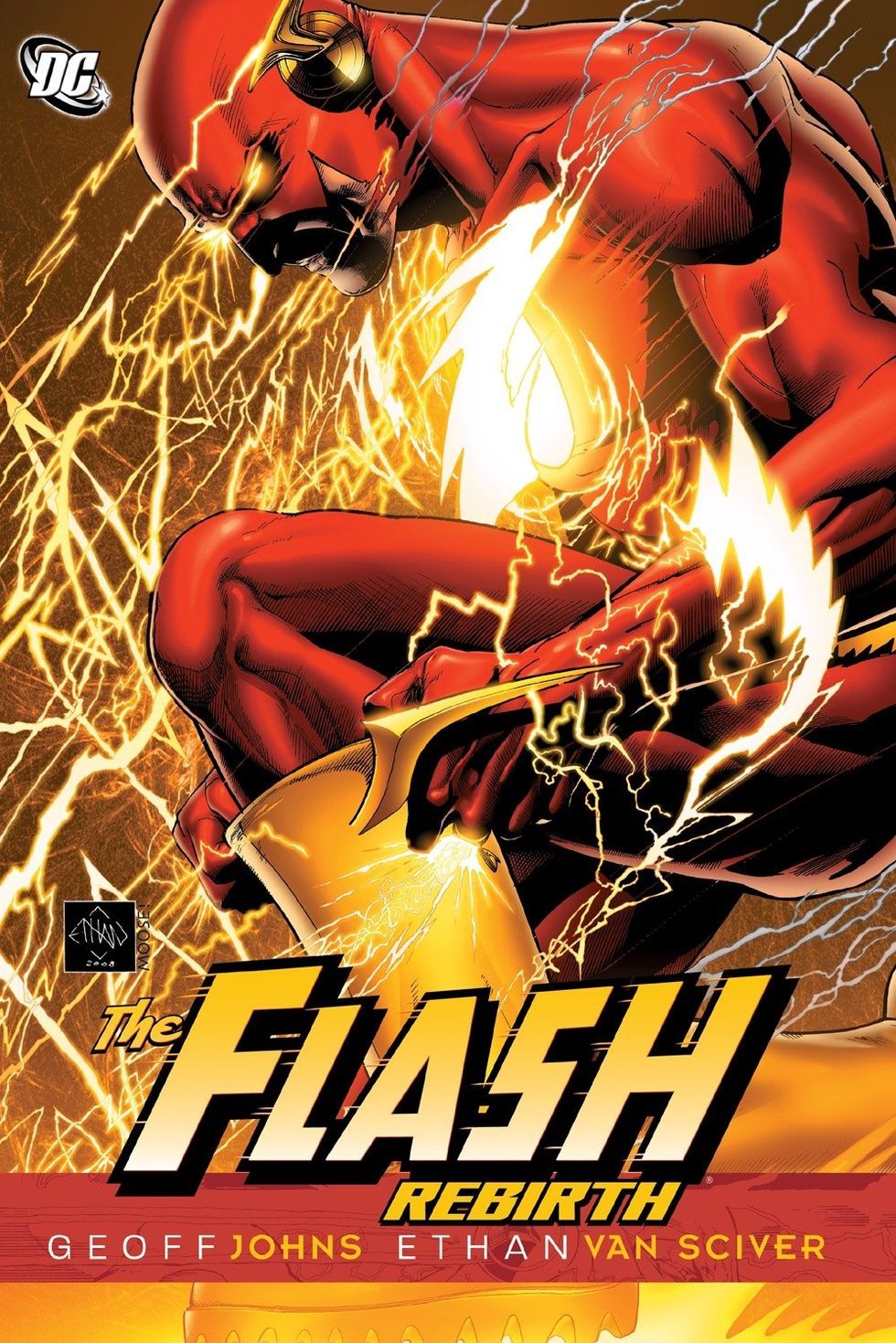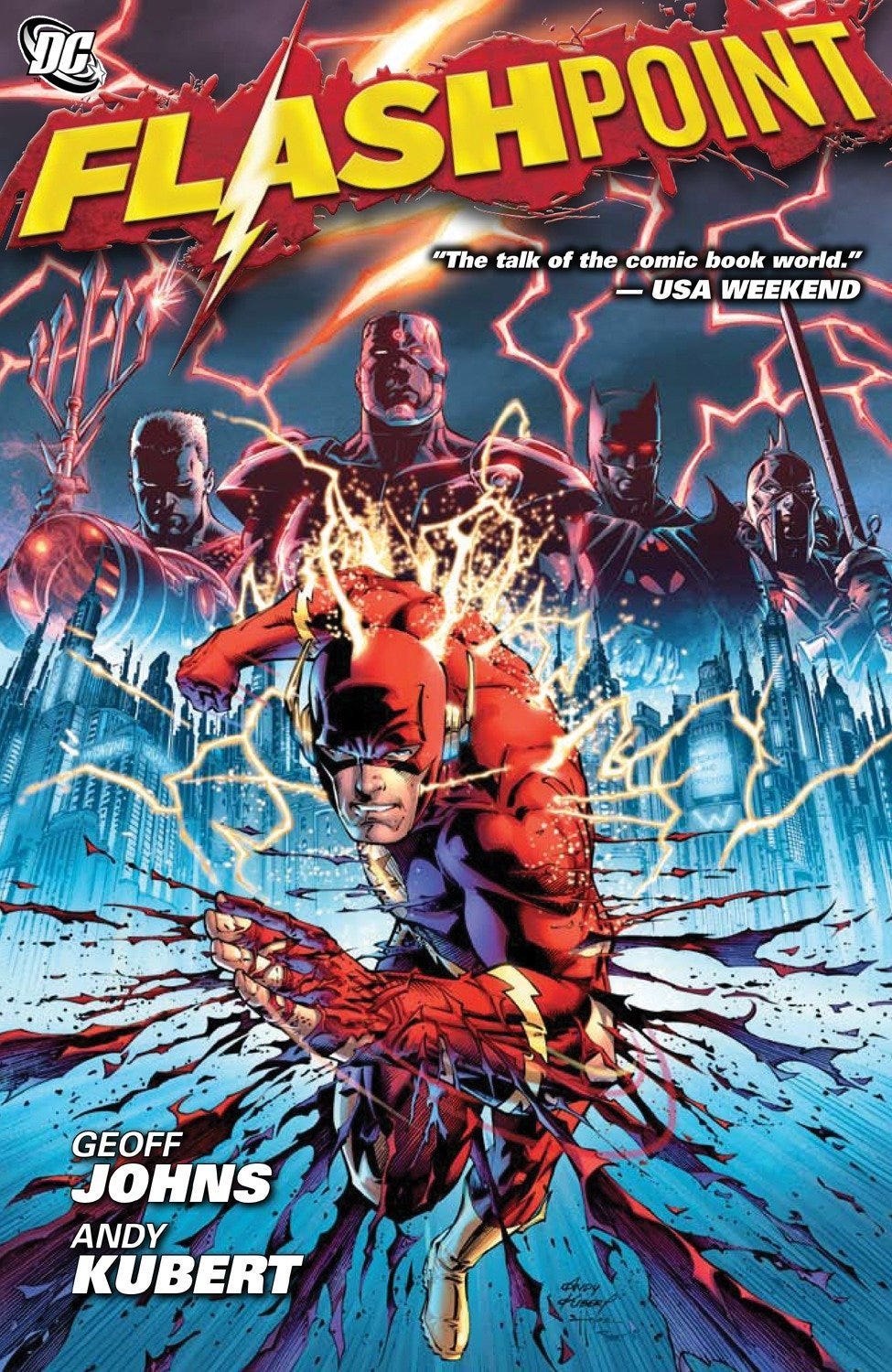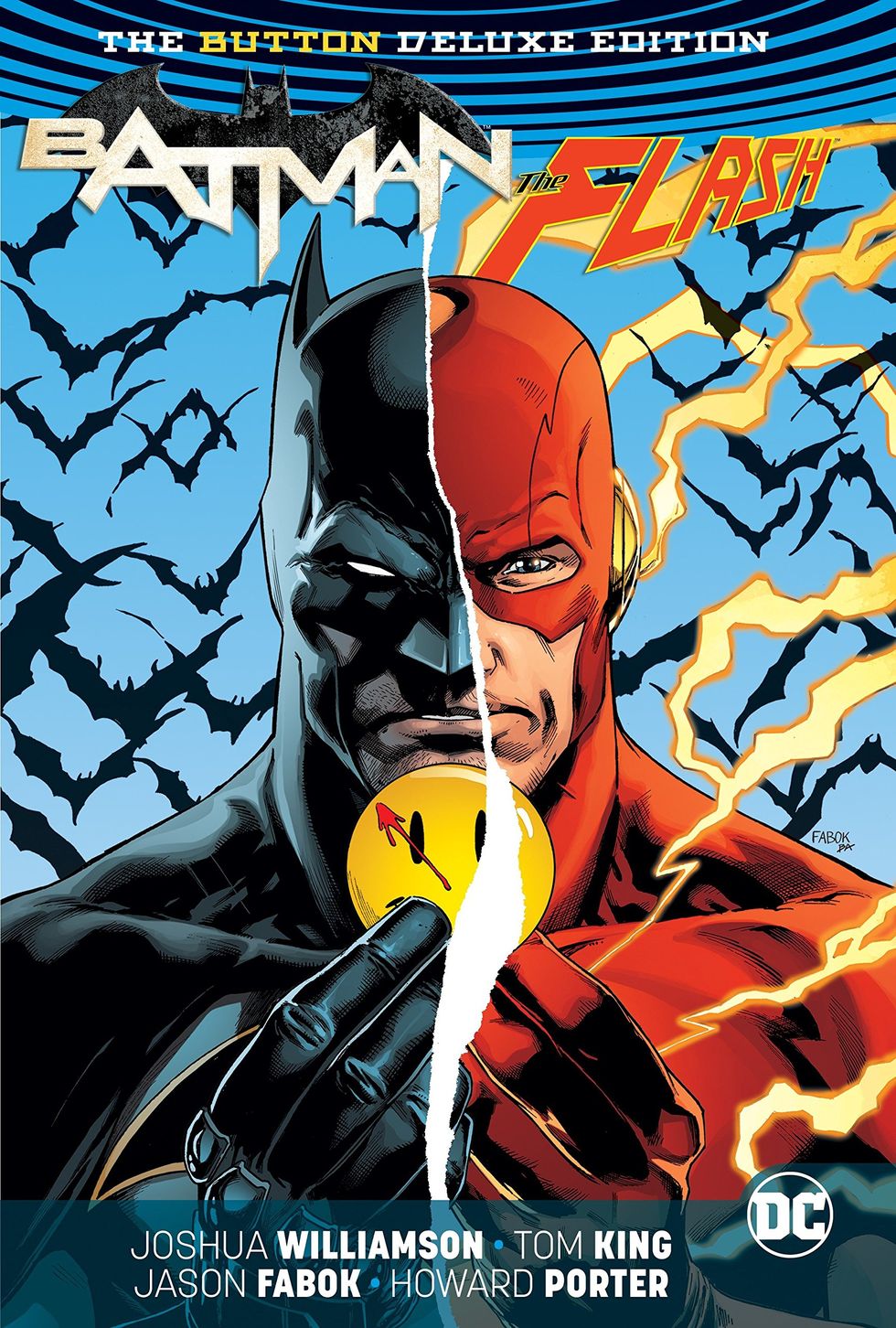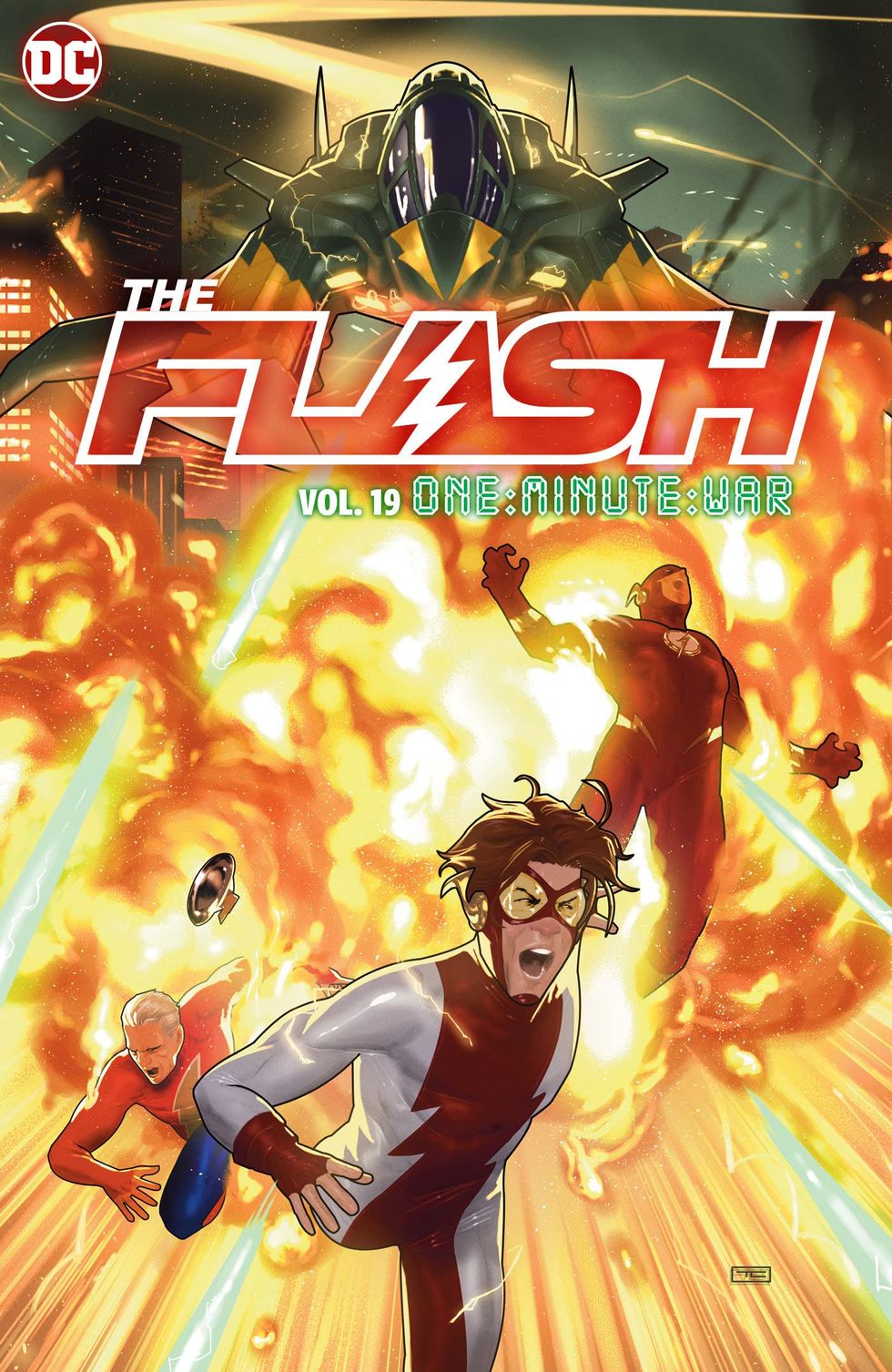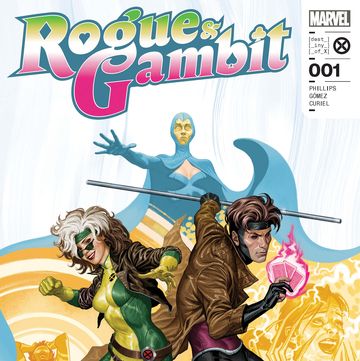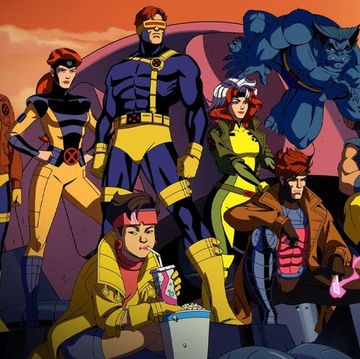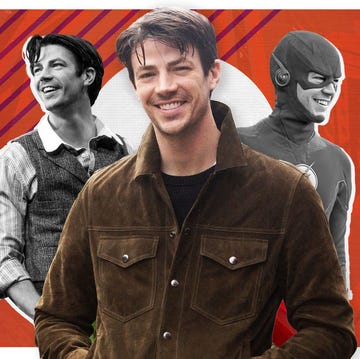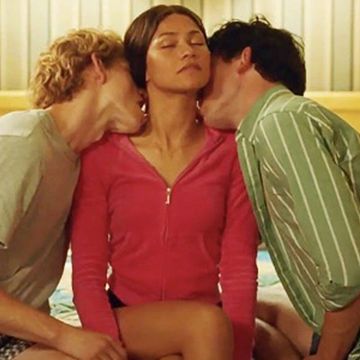The 10 Best Flash Comics in This (or Any) Universe
We've got your must-read list to go along with DC's new blockbuster.

Our product picks are editor-tested, expert-approved. We may earn a commission through links on our site. Why Trust Us?
Ironic as it may seem, The Flash was slow coming to the silver screen. One of the oldest and most consistently popular superheroes in all of comics, The Flash has enjoyed plenty of popularity outside of comic books. A mainstay on the beloved Super Friends and Justice League cartoons, The Flash had a cult hit live-action show in 1990 and a long-running live-action show on the CW network, which just ended its ninth and final season. When Ezra Miller took up the role for 2016’s Batman v Superman: Dawn of Justice and 2017’s Justice League, the speedy superhero was set to finally get his own big-budget solo movie.
Five years later, The Flash is finally coming to theaters, slowed but not stopped by director changes, Miller’s legal troubles, and a full universe redirection. It seems to have all worked out for the best, as the time-travel shenanigans of Miller’s Barry Allen allow the DC Universe to reboot, inaugurating a new cinematic universe under the direction of James Gunn and Peter Safran. But first, Barry has to fix a universe without General Zod, returning to the world of 2013’s Man of Steel, this time with the help of both Ben Affleck and Michael Keaton as Batman, as well as Sasha Calle as Supergirl.
Turns out, visiting multiverses and reshaping universes is an everyday activity for The Flash. If you want to catch up on the reality-twisting world of the fastest man alive, check out these great Flash comics.
Watch Next

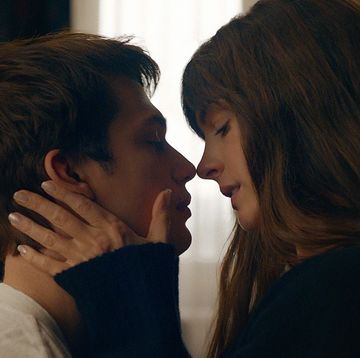
‘The Idea of You' Continues 2024's RomCom Revival

Book Your Stay at the X-Men Mansion Now
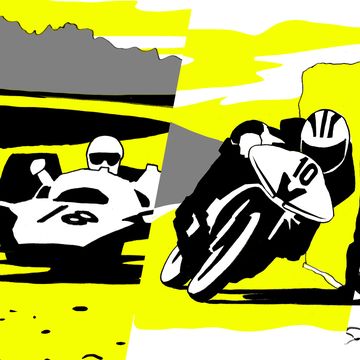
History’s Most Spectacular, Dangerous Road Races

How to Watch Tom Brady Get Roasted on Netflix
